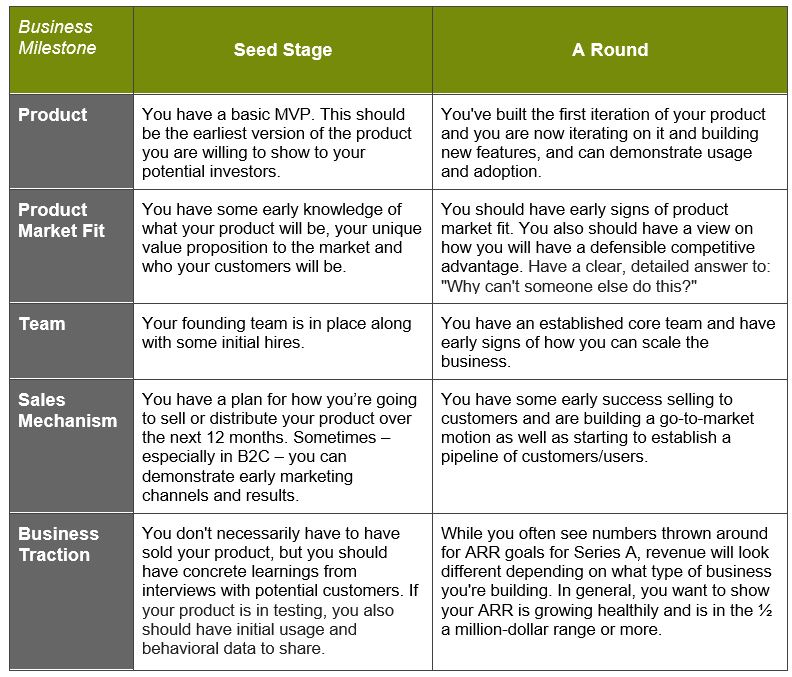Today, Madrona Venture Group announced that we’ve led the $7.6M Series A investment in Esper, an investment that Tim Porter and I spearheaded for the firm. Esper is a devops platform for Android IOT devices.
As everything around us becomes smart and connected, developers of devices have many new challenges. We are no longer just designing a single piece of hardware – but developing a full solution spanning many cooperating devices and supporting cloud software. During development, we have a variety of deployment, testing, and versioning requirements. Once deployed, we need to support device maintenance and updates on both hardware and software through a variety of complex deployment variations, while also supporting that rare remote debugging session. We have regular security updates to the firmware, OS, and apps to manage. We need to integrate device signals with CRM systems, billing systems, and more. Like we’ve come to think about a “dev-ops” process for cloud services, we now need to think about a dev-ops process for our smart devices.
For non-phone devices which require a user experience, Android has become the most popular platform due to the free price, broad silicon support, and broad software framework support. Amazon Echos, Peloton Bikes, and many home televisions all run a version of Android. When it comes to managing these devices, there are many options available for corporate IT to manage personal Android phones — but there’s no great solution for devices where a developer needs to manage these endpoints into the dev-ops process of their overall solution.
This is the challenge which the co-founders of Esper lived through as they worked in their prior roles. Yadhu Gopalan, CEO of Esper, most recently led the development and deployment of all the smart devices in the Amazon Go retail stores. Shiv Sundar, COO of Esper, most recently helped lead the Cyanogen Android device ecosystem. Prior to those roles, I worked with Yadhu and Shiv on the development of the Windows embedded operating system. It’s fun to be working with these great engineers once again!
After introducing their solution late last year, Esper quickly started serving many impressive customers across over 50,000 devices. Each customer we talked with discussed how they had tried to use a mobile device management solution designed for personal devices, but it had failed to meet their dev-ops needs. We’re excited to work with the Esper team to scale their solution, delighting developers all over the world as they enable billions of smart devices to do amazing things.
It’s been great to partner with Tim Porter on this investment. His experience with other developer focused investments like Heptio will be invaluable in Esper reaching its full potential.
This blog post was also posted on Terry’s LinkedIn page.
